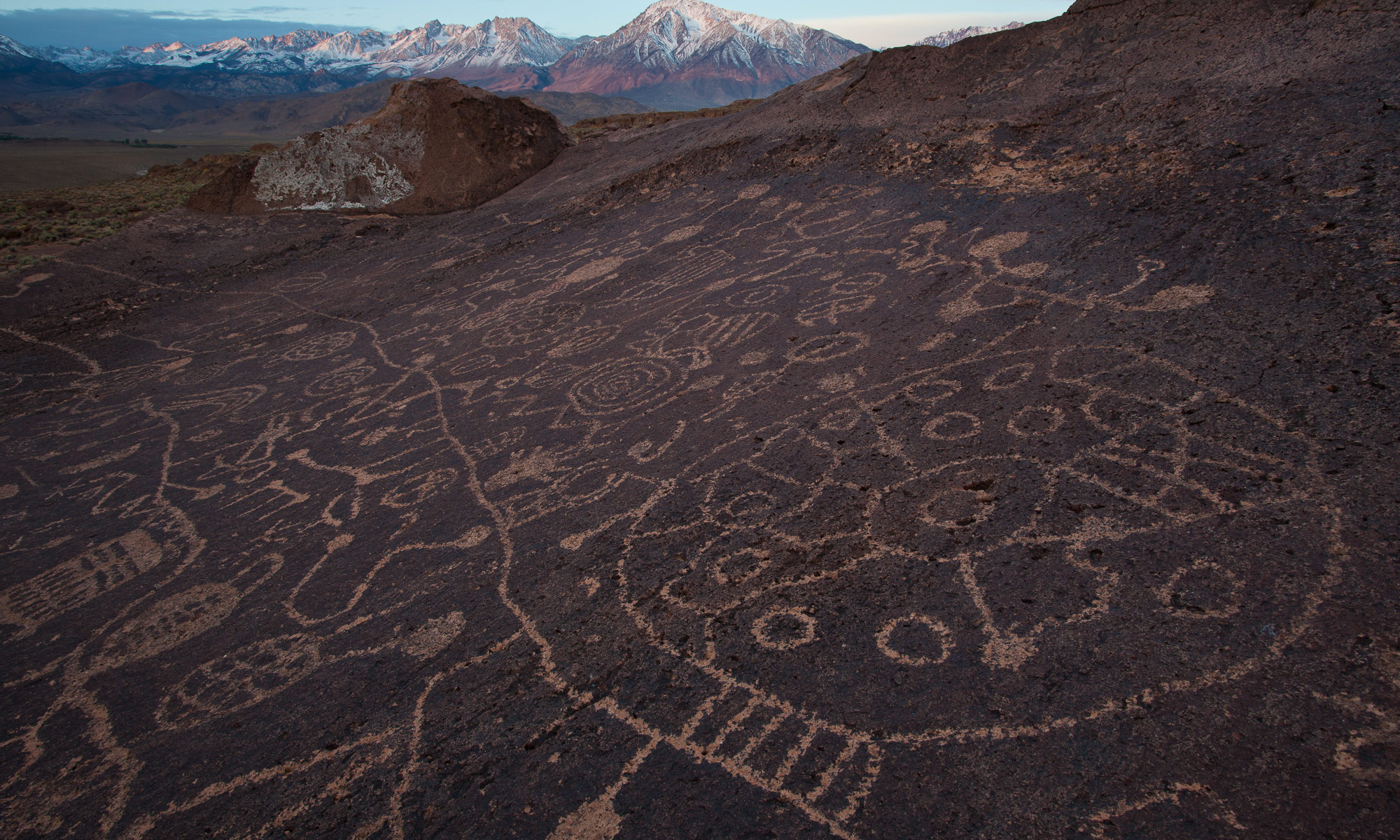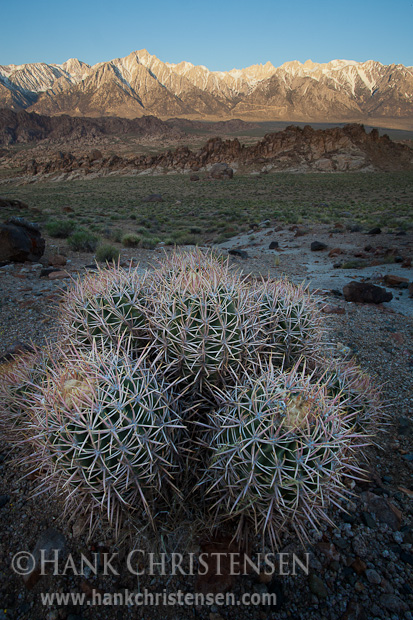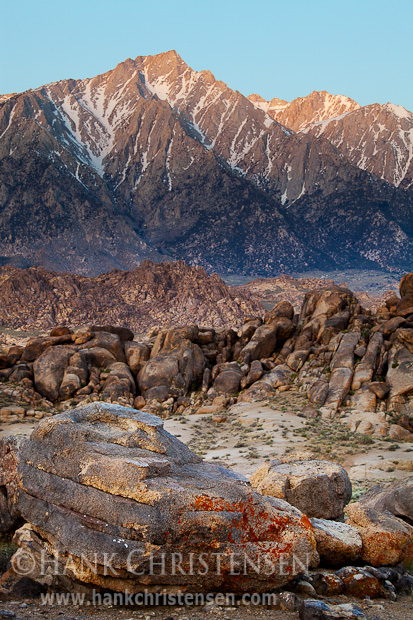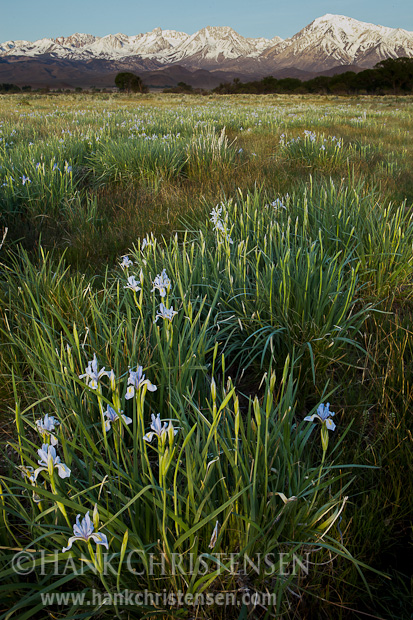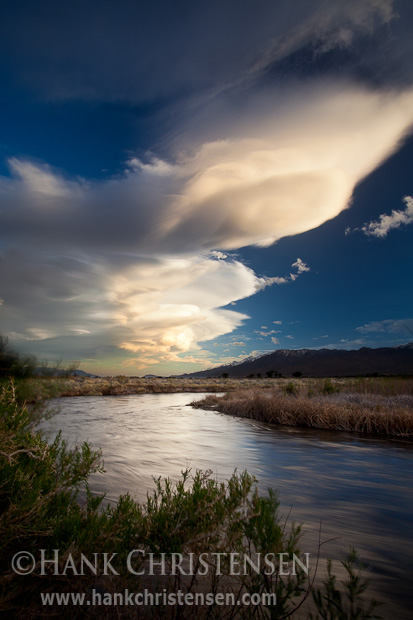The blazing sun beat down on us as we scanned the horizon looking for more rock piles, heaved up eons ago from the ancient volcanic surface on which we stood.
“Hey Dan, wanna try over there?” I asked, pointing to a long stretch of ten to thirty foot wide boulders. Dan nodded and we trudged across the high desert plateau to search another area.
I was with my photographer friend Dan Canfield, and we had decided on our first night in town that we would try to find a secret Native American petroglyph, in recent years dubbed “Sky Rock”. Not found on any map, this ancient rock drawing is kept secret from the general public. Those in “the know” don’t divulge its location so that fewer people will visit, and its condition will be kept as pristine as natural forces allow. After some hunting, we narrowed down the location to its general vicinity, but even then, the ancient carving eluded us.
It was midday, and our second attempt at searching. Our first attempt was during sunset the evening before, and we quickly ran out of time trying to find it before dark. This time we were armed with a little more research, and many more hours of daylight. Finally, after much scrambling, a few skinned knees, and crawling into some dark and nasty places, we found it! We were giddy with excitement.

Carved into a flat rock, this series of drawings is different than most other petroglyphs because of its horizontal orientation. Most Native American drawings were done on vertical walls. The drawings are carved into the rock about an inch deep, to reveal the lighter colored stone underneath the darker outer coating. We took some photos, sat for a while, and scouted our route so that we could come back in the dark. Midday was great for searching, but as photographers, we wanted only the best light, which would be either sunrise or sunset. Our schedule allowed for a sunrise shoot in a couple of days, so all we could do was cross our fingers and hope for good weather.
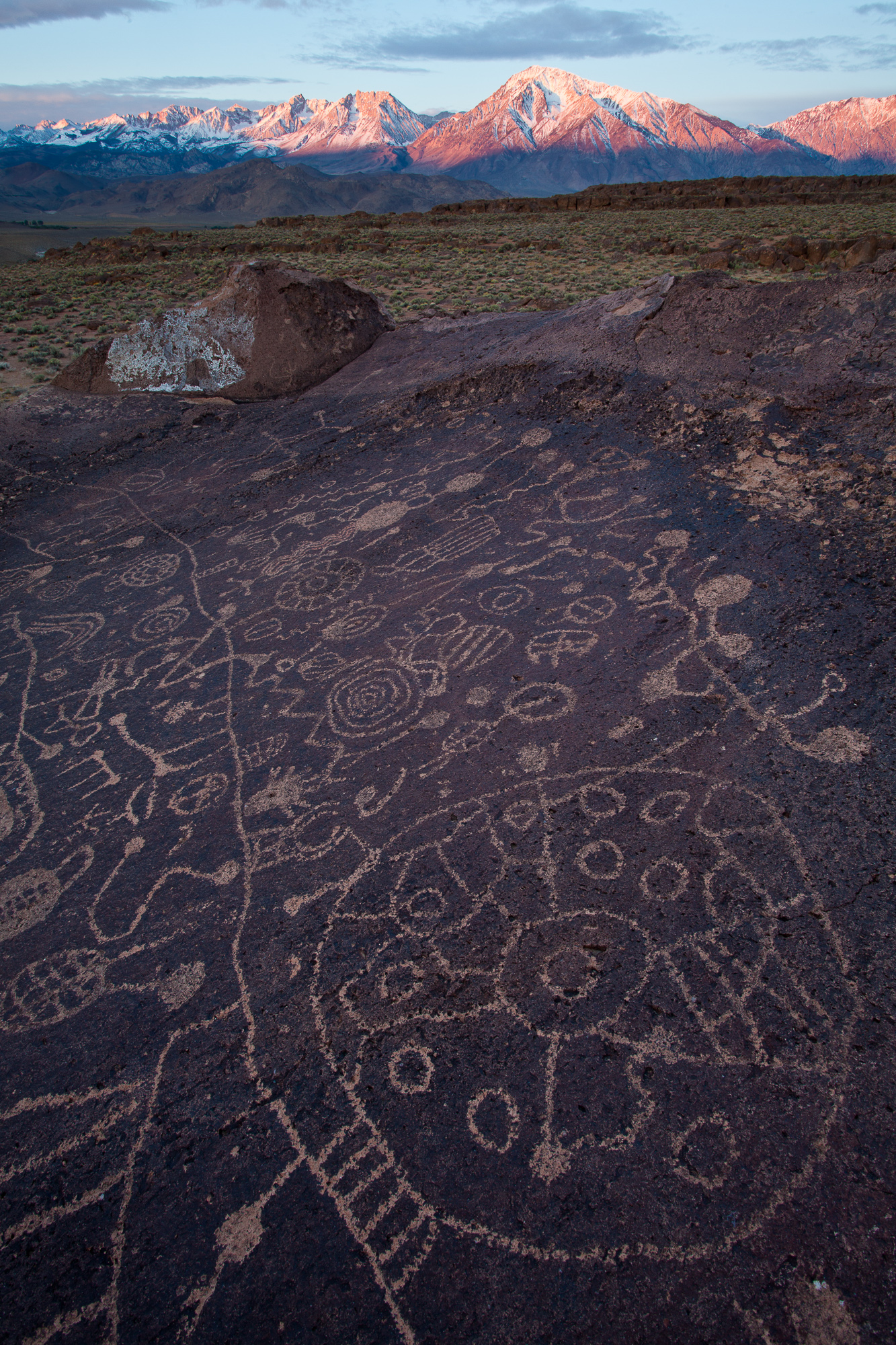
The history of this carving is not well known. Some have theorized that it was probably created by the ancestors of what are today known as the Owens Valley Paiute, possibly as long as 8,000 years ago.
It was a very special experience spending some time on this rock as the sun lit first the western mountains, and then the valley below us. I devoured the silence of the morning, and felt a special energy around this place. It was an amazing feeling to know that this human creation had sat here for similar sunrises, long lazy days, and powerful storms for millennia.
Possibly the best part of finding Sky Rock was the fact that it was hidden. In the days of instant gratification and unlimited knowledge, it was nice to really have to work for answers.

